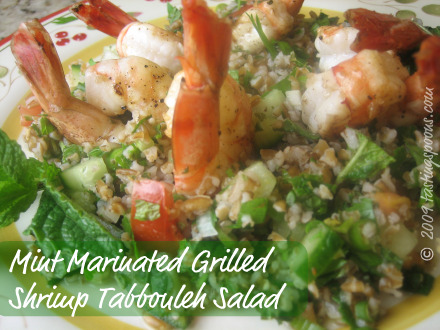
You know how it is about the weather influencing what you decide to cook for dinner? If it’s a rainy day I like to stay in and bake something. Cloudy, cold days often mean soup. A warm balmy night often triggers salads of some kind. Well, my bell weather was working the day before when the temps were in the 70’s and 80’s, but the next day it was cold. But I’d already decided what I wanted to make, so what can a girl do except follow through? So even though it was cool weather, I made salad for dinner.
The recipe came from a Bobby Flay episode I watched on the Food Network several years ago. It reminded me of a favorite recipe – one that won a reader’s recipe contest in Cooking Light for a Crunchy Shrimp on Couscous Salad with a yummy dressing. That’s what I was thinking about as I flipped through my to-try recipes. Mint is in season, I think, and this salad was perfect – hot, grilled marinated shrimp served on a bed of tabbouleh salad.
Since lemon and lemon juice are frequently seen in my recipes, it’s probably no surprise that I’d like tabbouleh, right? I remember exactly when I first had it – it was about 1970, served to me by a friend of my mother’s, Ruth Spilmer. Ruth was a very good cook, and one day she invited a few friends over for a lovely lunch. Remember, back in those days when most women didn’t work, that’s what we did to entertain . . . we invited lady friends over for a nice luncheon – crystal, china, the whole deal. No alcohol though. The other thing I remember about Ruth was her shoes. She always wore spiky high heels. She wore them morning, noon and night. At home, she wore the kinds with feathers around the toes. She said that for so many years she’d worn high heels that her tendons couldn’t stretch to wear flatter shoes, so she just had to wear heels from the moment she stepped out of bed. I can’t imagine! Isn’t it funny sometimes, the things you remember?
So back to this luncheon – what else Ruth served, I don’t remember, but the tabbouleh was a stand-out. I’d never had Bulgar wheat – didn’t really even understand what it was (a parboiled wheat berry that’s been sliced, chunked). But all it takes to make it chewy and edible is a soak in boiling water for an hour or two. And the addition of some key ingredients, namely lemon juice, olive oil, garlic and green onions makes it salad. Ruth always added diced cucumber and diced fresh tomatoes too. I’ve made her recipe off and on for years. So, this Bobby Flay recipe has been changed – only to make the tabbouleh salad like my friend Ruth did. We had it for leftovers a few nights later, and I just added bit more cucumber, tomato and that time I added radishes. And more arugula. So then I had to add a tad bit more lemon juice and olive oil too, but not much.
printer-friendly PDF
Mint Marinated Grilled Shrimp
Tabbouleh Salad
Recipe: Adapted from Bobby Flay, Food Network
Servings: 4
NOTES: I think you could reduce the shrimp marinade to about half – if you just tossed it a couple of times during the 10-minute soak. You throw out the marinade anyway. I prepared the shrimp on my stovetop grill – heated up to a pretty hot temp – and they were done in a flash. Have the tabbouleh salad all ready before you start grilling as you want to whisk it to the table while they’re still hot.
BULGUR WHEAT SALAD:
1/2 cup Bulgar wheat — medium or coarsely cracked
1 1/2 cups boiling water
3/4 cup baby arugula leaves
2 large green onions — thinly sliced
3 tablespoons fresh mint — finely chopped, plus fresh mint leaves for garnish
1/4 cup fresh lemon juice — or lime juice
1 clove garlic — chopped to a paste
1/4 cup olive oil
1/3 cup cucumber — diced
1/4 cup fresh parsley — chopped
1/3 cup fresh tomatoes — diced
Salt and freshly ground black pepper
GRILLED SHRIMP:
1/4 cup fresh lemon juice
3 tablespoons fresh mint — chopped
1/4 cup canola oil
1/4 teaspoon freshly ground black pepper
1 pound large shrimp — (20-24 count)
Salt, to taste
1. Place Bulgar in a bowl and pour the boiling water over. Cover with plastic wrap and let stand until bulgur is tender and most of the water is absorbed, about 1 to 2 hours.
2. Drain off any excess liquid from the Bulgar and allow it to sit in a colander for 15-20 minutes to drain off further water. Place Bulgar in a bowl and stir in the arugula, green onions, cucumber, parsley, tomatoes and mint.
3. Whisk together the lemon juice, garlic and oil and season with salt and pepper. Pour the mixture over the bulgur and taste again for seasoning.
4. Transfer tabbouleh to a platter and top with the grilled shrimp. Garnish with fresh mint leaves.
5. SHRIMP: Combine juice, mint, oil and pepper in a blender and blend until smooth. Place shrimp in a bowl, pour marinade over and stir to coat evenly in the marinade. Marinate for 10 minutes. Heat grill to high. Season shrimp with salt and grill for 1 to 2 minutes per side or until slightly charred and just cooked through.
Per Serving (assumes you consume the marinade, so this is all wrong): 442 Calories; 29g Fat (59.1% calories from fat); 26g Protein; 20g Carbohydrate; 5g Dietary Fiber; 173mg Cholesterol; 183mg Sodium.
A year ago: Salmon Filets with Orange & Leek Cream Sauce






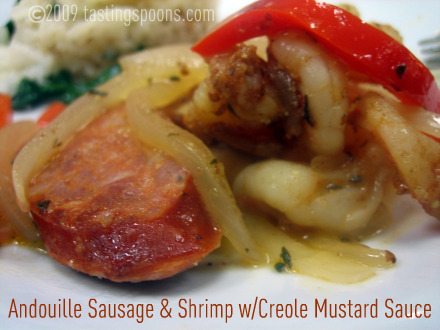
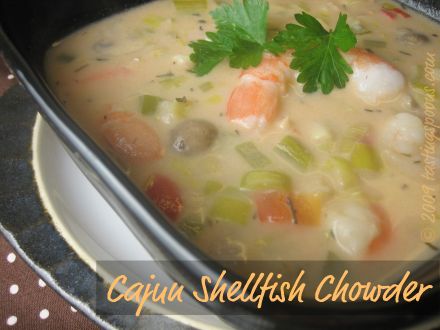
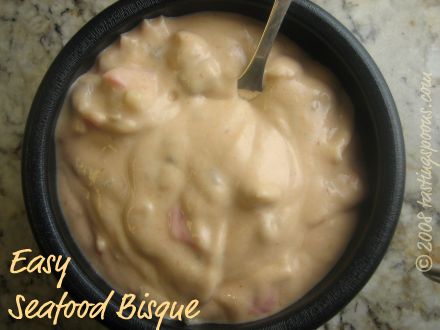
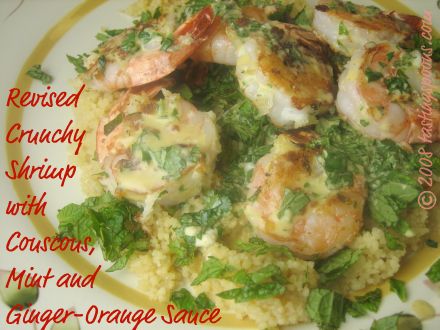

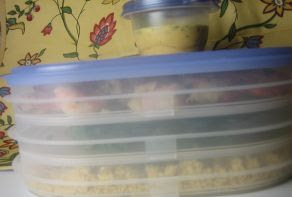
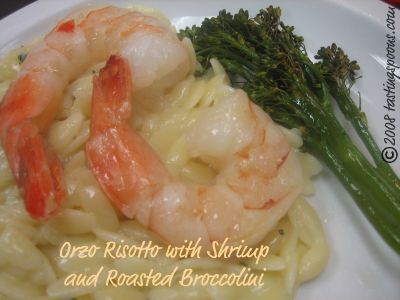
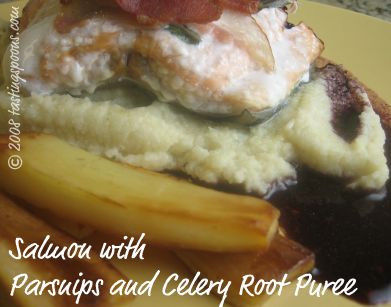
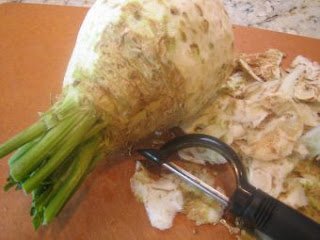
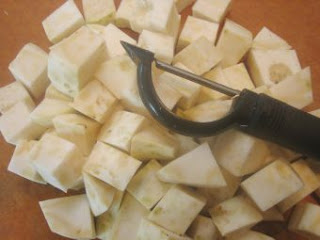
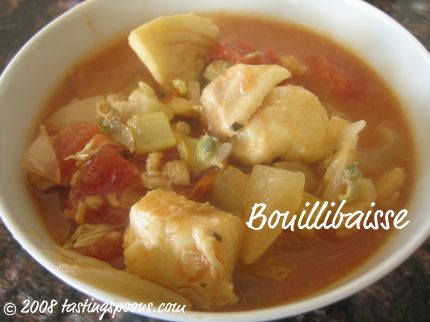

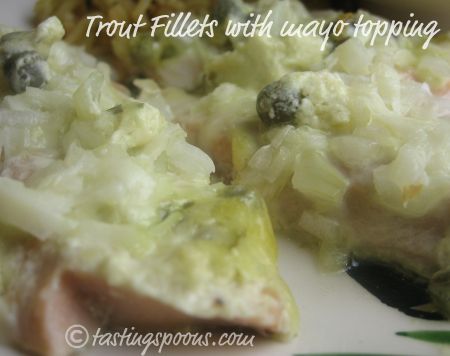
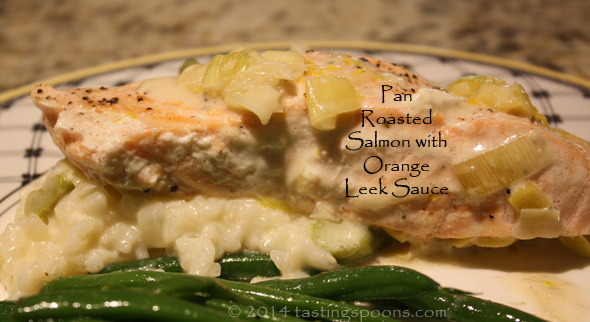
Leave a Comment!